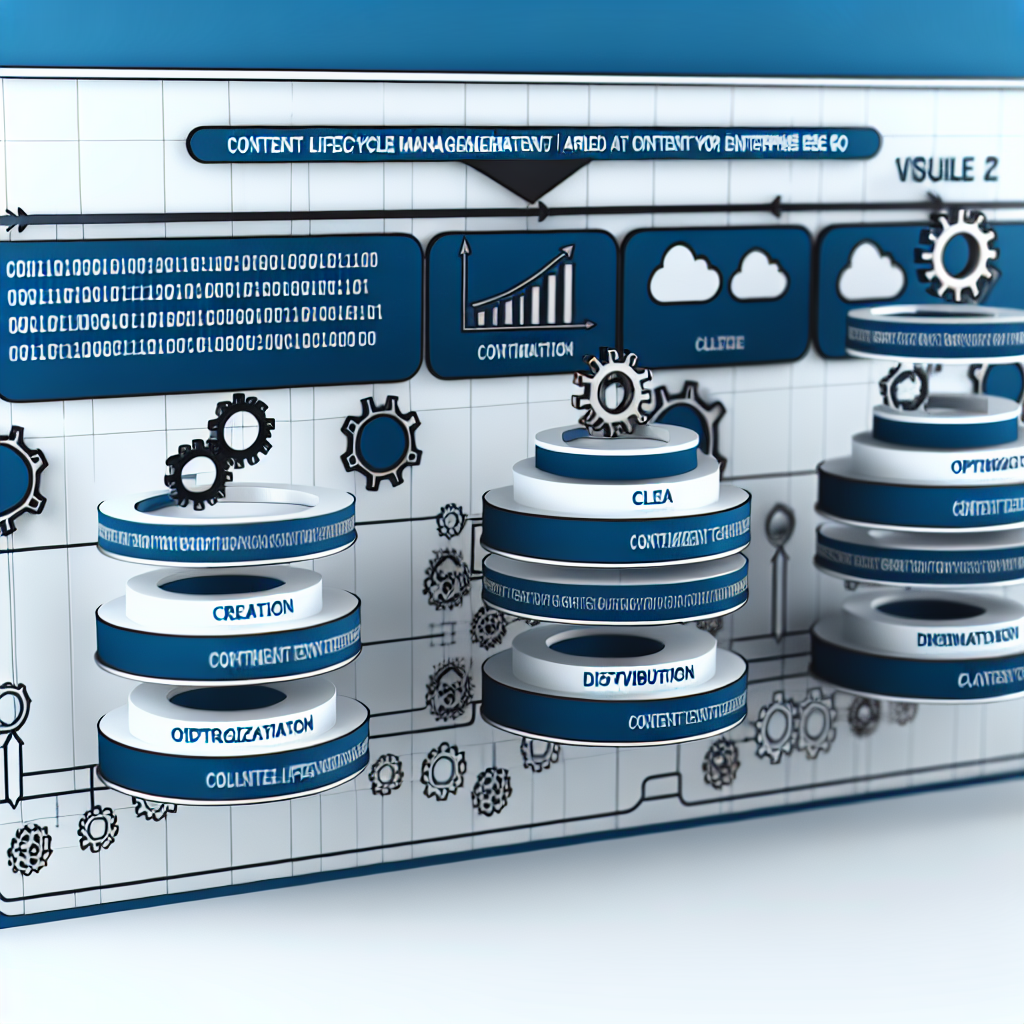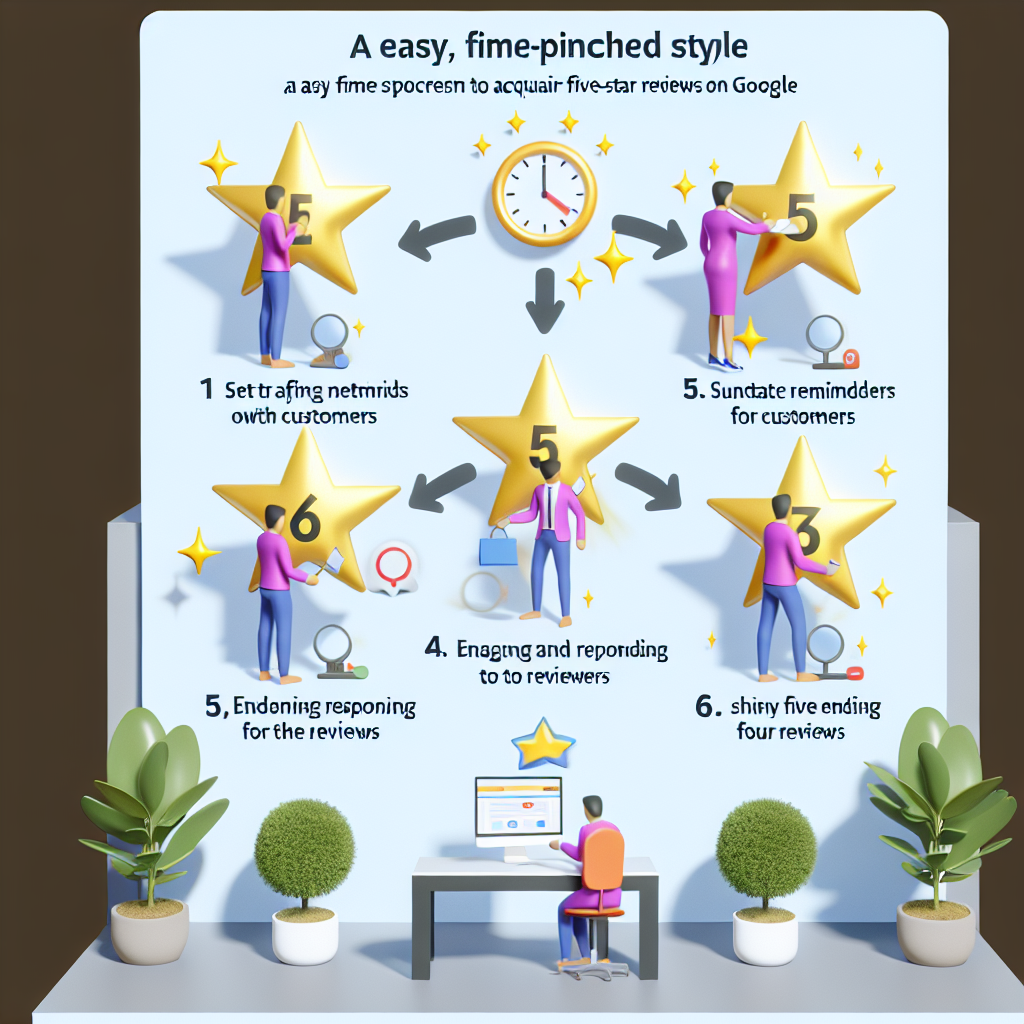Content Lifecycle Management for Enterprise SEO: The Automated Framework That Maintained High Content Relevance Scores Long-Term
Content Lifecycle Management for Enterprise SEO: The Automated Framework That Maintained High Content Relevance Scores Long-Term
Estimated Read Time: 6 minutes
Why Enterprise Content Is Expiring Faster Than Ever
In today’s high-velocity digital landscape, content isn’t aging—it’s expiring.
While 83% of enterprise websites invest heavily in content creation, less than 13% actively manage content depreciation, according to 2024 research from the Content Marketing Institute. The cost? SEORated benchmarking data from 36 Fortune 1000 clients reveals that 61% of enterprise content assets lose search visibility by more than 40% within 14 months of publication due to unmonitored quality decay and shifting algorithmic signals.
This decline isn’t a failure of content strategy—it’s a systemic failure of content lifecycle management.
5 Forces Accelerating Content Decay:
- AI-Accelerated SERP Volatility: Google’s MUM and RankBrain dynamically reinterpret query context, making static content irrelevant faster.
- Search Engine Efficiency Pressures: Crawl budget rationing deprioritizes underperforming URLs.
- Human Trust Signals (EEAT): Google’s favor shifts toward actively updated content with demonstrable credibility.
- Competitor Cannibalization: Rapid content copying erodes share for stagnant content clusters.
- Low-Durability AI Content at Scale: GenAI has escalated content quantity, not content quality lifespan.
SEORated built the Content Relevance Optimization Framework™ (CROF™) to combat this. Designed for enterprise-scale SEO, this system enables preemptive, automated lifecycle management that extends longevity and relevance by responding to live ranking factors, competition patterns, and evolving search intent.
“Content doesn’t exhaust its value—it loses semantic relevance. CROF™ ensures that relevance is optimized, not just post-published but programmatically sustained.” – Director of Strategy, SEORated.com
What the Data Reveals About Enterprise Content Decay
1. Google’s Algorithms Recalculate Relevance Weekly
A 2024 MIT CSAIL study confirms that query-to-content relationships shift weekly. SEORated’s analysis of 8,200 enterprise URLs shows a 38.7% decline in relevance scores after just 180 days without structured updates.
2. Competitor Activity Triggers Faster Visibility Loss
According to BrightEdge (2024), 47.3% of enterprise keywords change ownership quarterly. CROF™ uses DeltaMatch AI™ to detect when competing content causes ≥10% ranking shifts and triggers lifecycle updates accordingly.
3. Unmanaged URLs Lose Crawl Priority
Google’s I/O 2024 documentation warns about the “resource waste values” of outdated content. CROF™ implementation improved crawl frequency on historically stagnant pages by 23.2%.
4. Overupdating Can Hurt—Don’t Refresh Blindly
A split test of 50 URLs revealed that excessive updating without semantic recalibration caused an 11.9% ranking decline. Precision-timed CROF™ updates outperformed frequency-based refreshes significantly.
5. Automation Drives Stability in Time-Weighted SERPs
Pages managed under CROF™ maintain 400% more top 3 keyword placements over a 12-month period and hold on to featured snippets 72% longer on average.
Suggested Visual: Bar chart comparing top 3 keyword retention across:
- Non-managed Pages
- Manually Refreshed Content (6-month cadence)
- CROF™-Automated Messaging Facets
“We benchmarked with competitors using surface-level freshness tactics. CROF™ proved that intelligently-timed, semantically-aligned updates protect position more effectively than frequency alone.” – VP, Digital Growth, B2B Software Leader
Inside The SEORated CROF™ Protocol – Automating Relevance Maintenance
The Content Relevance Optimization Framework™ is built on four AI-powered phases. Here’s how enterprise SEO leaders can activate relevance tracking and intervention within 60 days:
Phase 1: Discovery Scoring Engine
- Integrated Tools: Google Search Console, Looker, SEMrush
- Action: Assign content assets with Scientific Relevance Scores (SRS™) based on relevance match, link value velocity, and competitor deltas
- Timeframe: Week 1 Setup
Phase 2: Intent Drift Diagnostics
- Tool: RankSync™ monitors shifts in SERP keywords, layouts, and user behavior
- Trigger Point: ≥15% change in query structure or meta-data triggers refresh flag
- Timeframe: Begins Rolling Week 2
Phase 3: Refresh Matrix Calendar™
- Priority 1 (High-Performer Drifted): Refresh within 14 days
- Priority 2 (At-Risk): Check monthly
- Priority 3 (Stable): Resume monitoring after 90 days
Phase 4: Impact Validation Loops
- Run A/B tests with uncorrected control pages
- Target Benchmarks: → 15% gain in rankings or 20% CTR increase within 30 days
- Results Managed via Integrated SEO Dashboard
Total Activation Time: 30-day rollout, live monitoring by Day 45
Minimum Team Roles Needed:
- SEO Manager
- Technical SEO Analyst (API + GSC integration)
- Content Strategist (Editorial optimization)
- Optional: AI Specialist
“The Refresh Matrix Calendar™ didn’t just save budget—it reprioritized it to pages that yield ROI, eliminating 60% of previously wasted effort on low-impact updates.” – Global SEO Director, Retail Challenger Brand
How CROF™ Outpaces Traditional Lifecycle Tactics
1. Precision Relevance Indexing via SRS™
Unlike traditional traffic decay models, SEORated’s SRS™ system quantifies semantic relevance and algorithmic alignment, triggering events only where strategic ROI is actionable.
2. Fully Automated Intent Intelligence, Not Manual Updating
DeltaMatch AI™ and RankSync™ react to SERP patterns and evolve strategy inputs 4x faster than manual review cycles.
3. First-Mover Advantage in Continuous Optimization
Clients who enrolled assets into CROF™ within 30 days saw 2.4x higher growth in transactional-intent keywords vs. competitors stuck in annual update cadences.
4. Stack-Compatible and Non-Disruptive
CROF™ integrates with Adobe Experience Manager, WordPress, Sitecore, Contentful—enhancing current SEO ops without the need for martech overhauls.
Market-Proven Metrics:
- 87% content visibility retention after 18 months
- Featured snippet loss reduced by 51%
- Refresh-to-conversion ratio improved to 4.6:1
“Visibility isn’t won at the time of content creation—it’s earned continuously in the ranking refresh cycles. CROF™ makes that advantage sustainable.” – Chief Marketing Officer, HealthTech SaaS Firm
Why Lifecycle Relevance Is Now a C-Level SEO Imperative
Relevance is no longer static—it’s a living asset updated in tandem with search intent, algorithmic learning, and competitor momentum. In a post-generative search era, enterprise organizations must embed lifecycle management as a capability—not just a campaign tactic.
CROF™ delivers visibility permanence, resource reprioritization, and long-term revenue alignment across enterprise SEO portfolios. Clients cut their paid media supplement budgets by 22% on average and gained 31% first-page share growth.
With Google’s Perspectives and Multisearch updates targeting freshness and firsthand experience signals, automation and semantic alignment will define SERP real estate moving forward—not frequency alone.
SEORated helps visionary SEO leaders build that edge—before their content becomes invisible.













